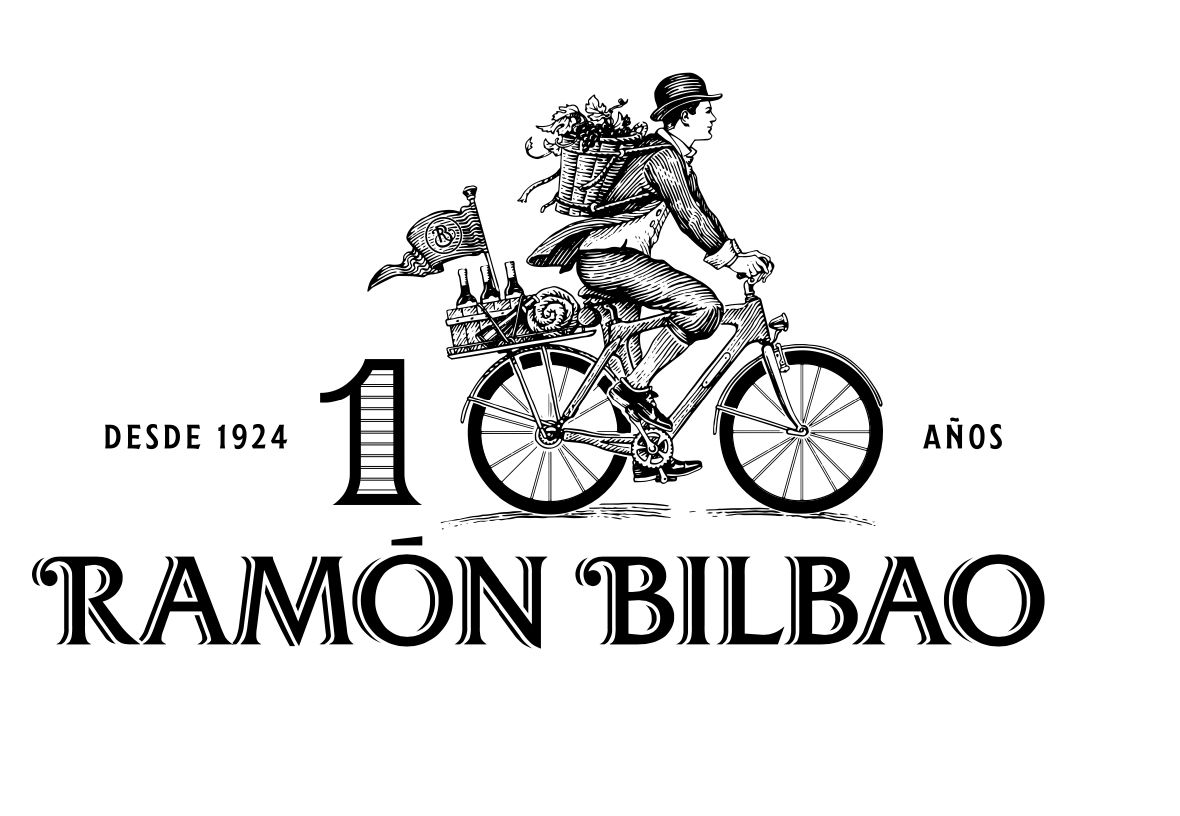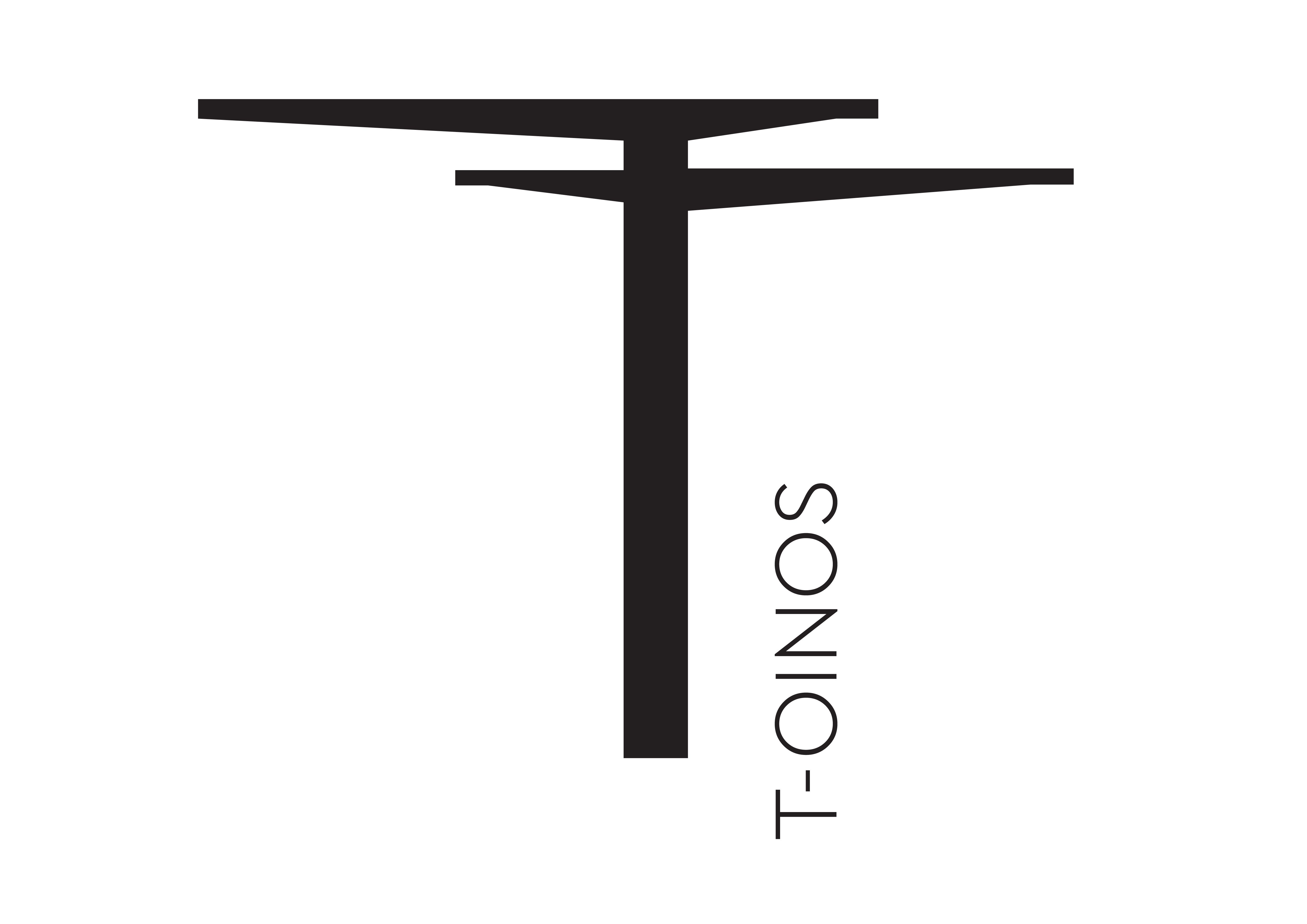“I think we will see in the next few years that it becomes a rule that Erste Lage wines can only be released after the second winter,” says Moosbrugger.
It’s not often you get to attend an 850th birthday bash, so the celebrations at Weingut Schloss Gobelsburg provided a fitting finale for this year’s edition of the Austrian single vineyard tasting at Grafenegg, the biggest to date.
At the centre of the action, chairman of the ÖTW (Österreichische Traditionsweingüter), Michael Moosbrugger, chief winemaker at Gobelsburg and a driving force for change to help the world’s wine lovers better navigate the nuances of Austrian wine and its terminology.
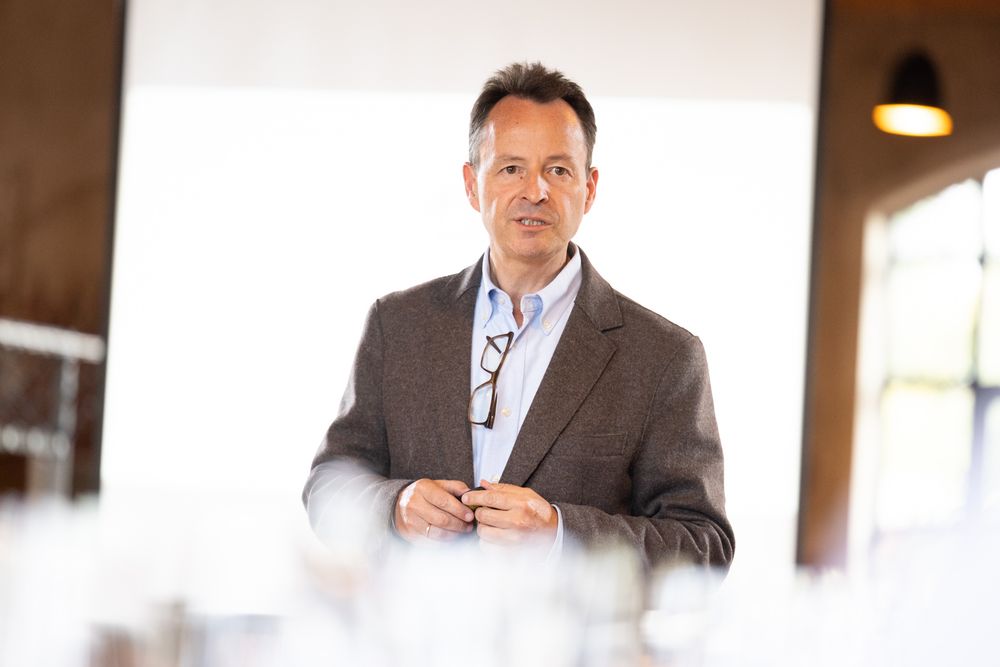
Michael Moosbrugger: quiet revolutionary
The ambitious classification process began just over a decade ago, with Erste Lage (or Premier Cru) vineyards designated by their ‘significance’, the aim being a pyramid structure to be crowned by ‘Große Lage’ (or Grand Cru) sites. Three years ago, the ÖTW expanded east from the Danube appellations – Kamptal, Kremstal, Traisental and Wagram – to incorporate Vienna and neighbouring Carnuntum. The association now boasts 67 members and 89 Erste Lage vineyards, though we are yet to see the ordination of a Große Lage site.
At the same time, the Grafenegg tasting has also broadened its horizons, with Steiermark, better known as Styria, making its debut this year alongside recent additions Leithaberg and Eisenberg, to show off their respective vintage releases and provide a valuable opportunity to assess a wide range of Austria’s premium wines.
Celebrations at the Schloss
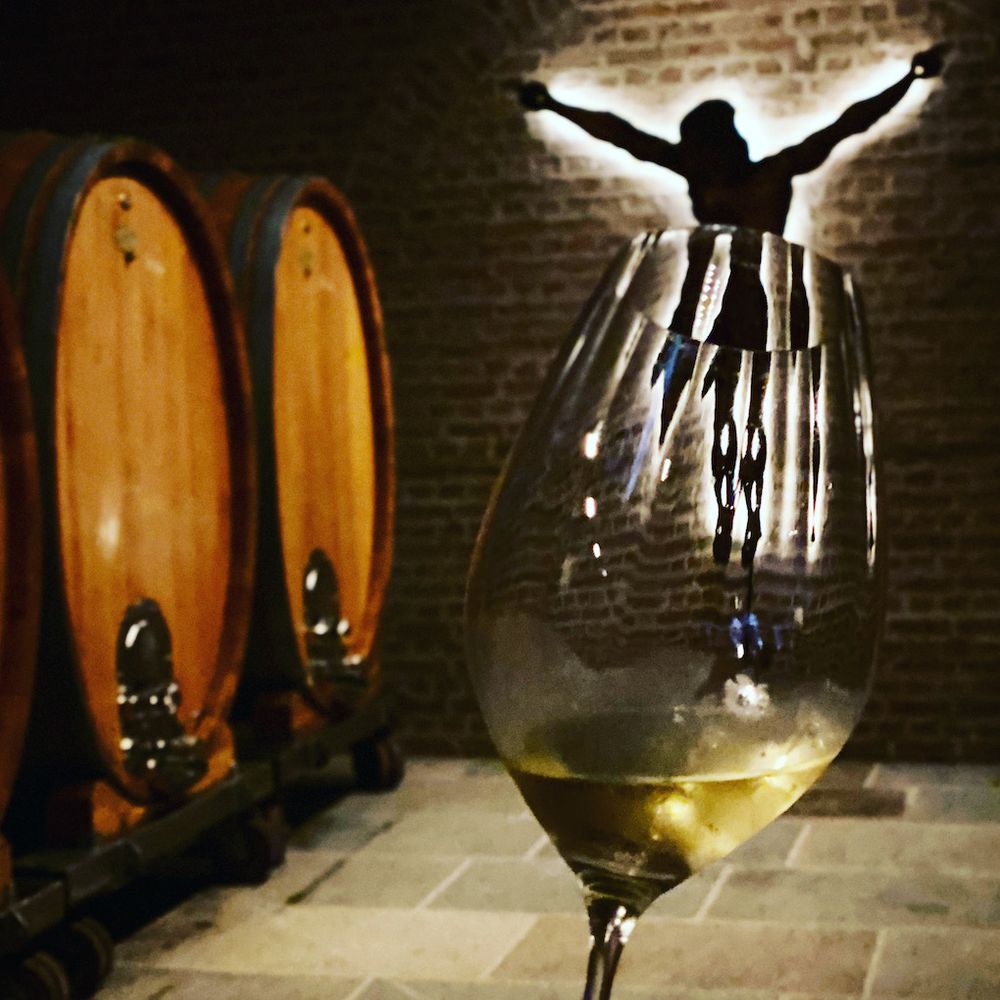
Built to last: part of the new cellars at Schloss Gobelsburg
Understated, quietly spoken and scrupulously polite, Moosbrugger makes an unlikely revolutionary, but his impact extends well beyond his work to reform the classification system. At 850 years of age, Schloss Gobelsburg owes its modern image to the 55-year-old’s vision and tireless pursuit of quality, with his efforts now gracing some of the world’s top wine lists.
To mark the anniversary, Moosbrugger officially unveiled a lavishly refurbished cellar, built to provide proper facilities for ageing new wines, alongside its sizeable library of back vintages. In his speech, Moosbrugger made reference to the brief he gave the architect for the project: “make me something to last at least 500 years.” The doric columns and lavish stonework, fit for a pantheon, suggest the message was well understood.
The launch celebrations were no less extravagant, with a party on the turfed roof of the new complex – affording views of the nearby Rieds (vineyards) Heiligenstein, Grub and Gaisberg – complete with classical musicians, classy canapés and classic vintages of the Gobelsburg wines, including a multi-vintage blend, ‘Tradition’, spanning 50 years.
The 2020 vintage
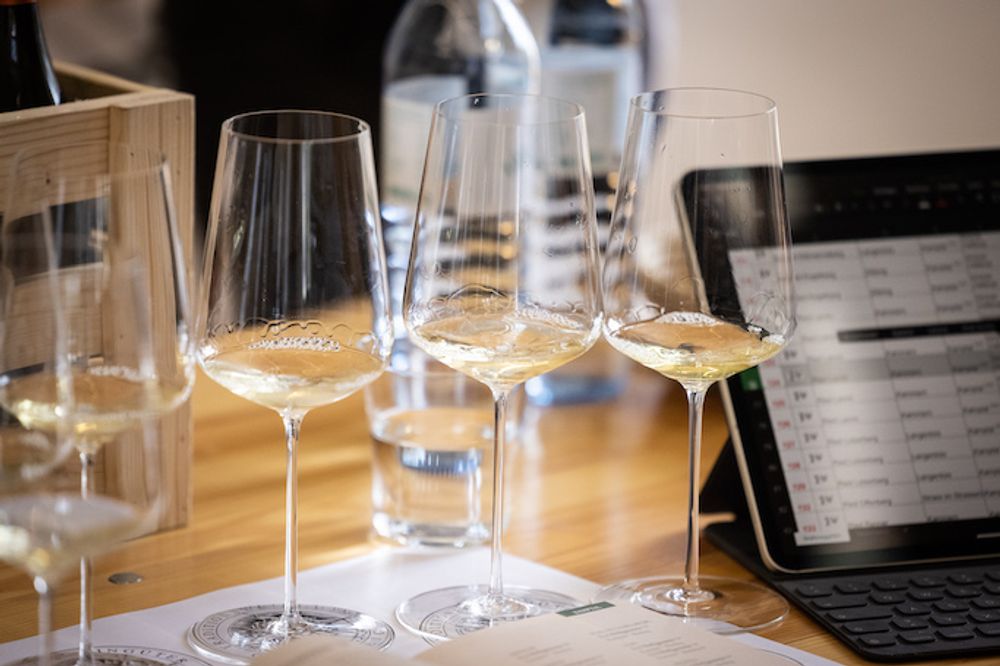
The epic 2019 vintage was always going to be a tough act to follow and, though the ‘20s are not in that realm, the new releases have an accessible plumpness and no shortage of vibrant acidity.
“2020 was an unusual vintage, with a high rate of precipitation … about 50% more than usual,” says Moosbrugger. “It was also slightly cooler than usual. It was a late start to harvest and we continued until the middle of November. It’s a vintage with alcohol levels that are not too high, the acidity is quite fresh (and) it has a good drinkability”.
Having attended the Grafenegg tasting for the last five years, it is striking how many producers now choose to release their new wines after a second winter, meaning that many of those being shown, including the Schloss Gobelsburg wines, were actually from the outstanding ’19 vintage.
“This is something that we see more and more,” he tells me. “I see it as a development towards more maturity and I think that it is probably a logical one because more producers are going into biological (organic) and sustainable production, with the result that you sometimes have higher tannin and phenolic components in the wines, so you also need a little more time to balance these out. I think we will see in the next few years that it becomes a rule that Erste Lage wines can only be released after the second winter.”
The winds of change
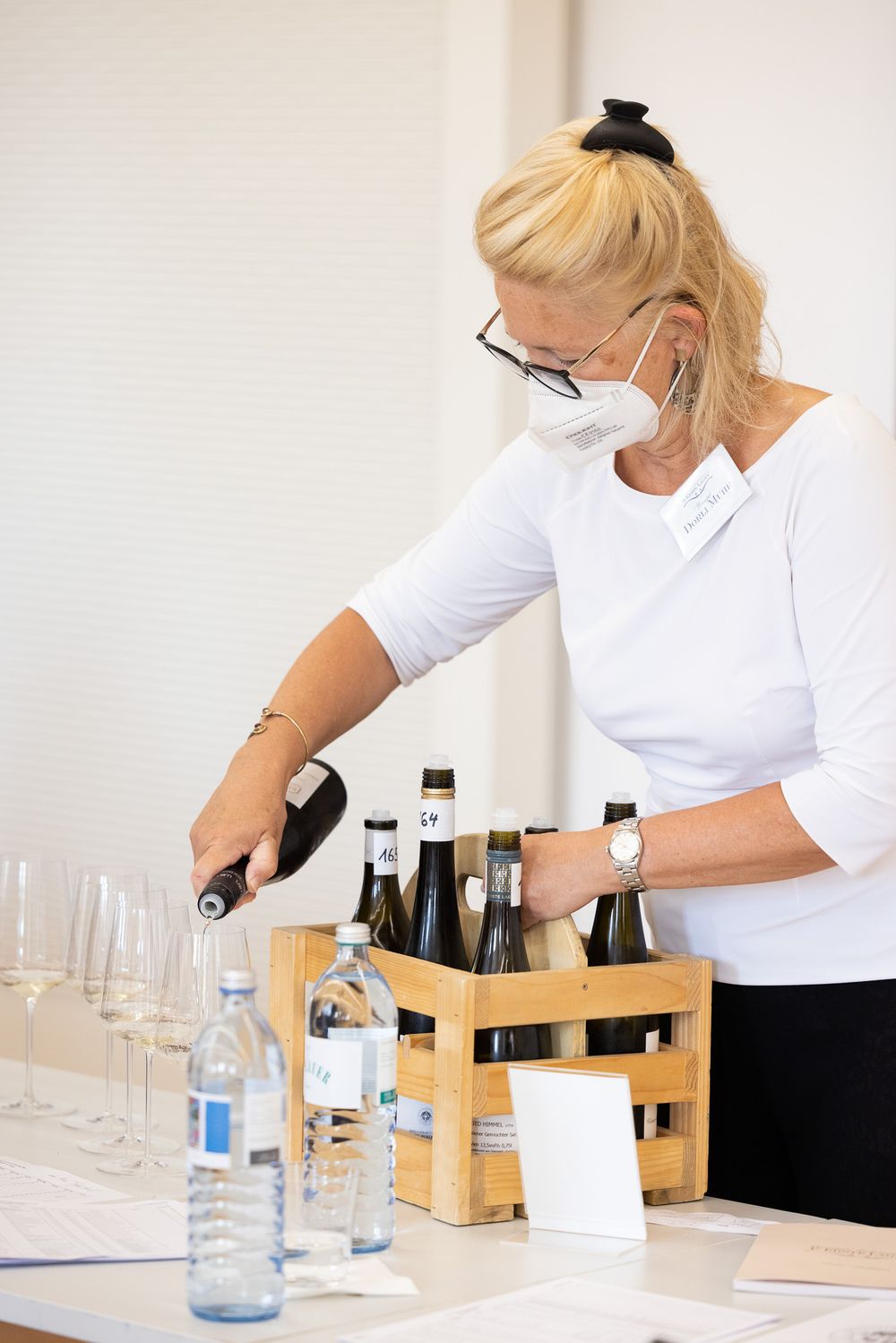
Dorli Muhr at Grafenegg 2021 tasting
Few could doubt that Austria offers incredible quality at prices that compare very favourably to its peers in the world of fine wine, but it still operates a series of different classification systems that are – to put it politely – confusing, something that continues to frustrate Moosbrugger and his ÖTW compatriots.
“Building up an appellation system is a transition (and) it takes time to change your mindset. It is difficult. What I am criticising is that we are still living in parallel worlds. Our politicians hesitate to say ‘OK, this is the future, this is what we need to do on a collective basis’. The current system is illogical,” he tells me.
“We need to build structures that can be communicated and understood on an international level. We are talking to Chinese sommeliers and we have to explain what Austrian wine is all about and our structures are so complicated that we cannot explain it. I think it is really essential to have a clear message for the market.”
It is impossible to talk about Austria’s top wines without mention of Wachau, which became an appellation (DAC) only last year. It retains a different system of classification, based upon ripeness and alcohol levels, and remains resolutely outside the ÖTW grouping, so could that finally be set to change?
“It is a long term goal. It is not something we can solve in within one or two years,” says Moosbrugger, “The thing is that we are not blocking it. I think it is important to admit them (but) they have to make the decision themselves … I am sure we can find some solution. Communication is not always easy with them. For the past twenty years, they had been claiming there would never ever be a DAC for Wachau and now they have it. It is all psychology. I think that if they really understand that they are not losing anything, it is about gaining something for them, and for Austria, then I think there should be a way to implement it … without them losing face,” says Moosbrugger.
All photographs © Anna Stöcher (except Schloss Gobelsburg images).
Austrian Wine is a supplier partner of The Buyer. To find out more about them click here.




























